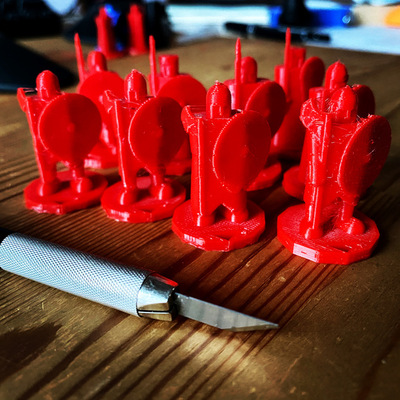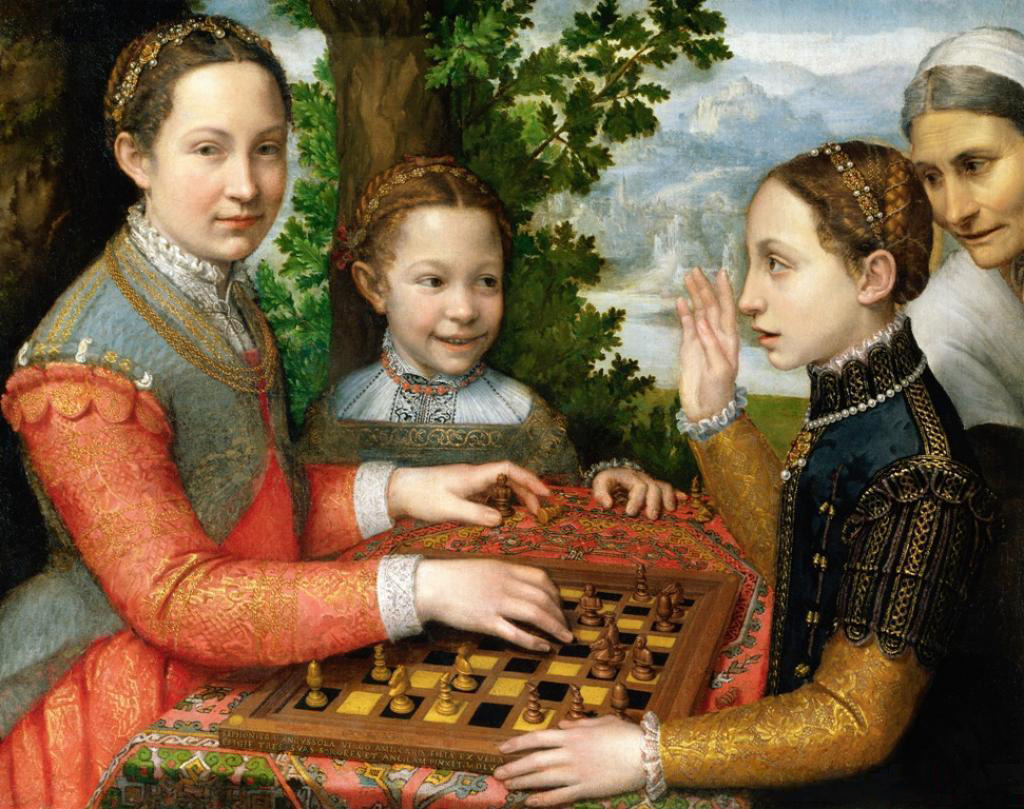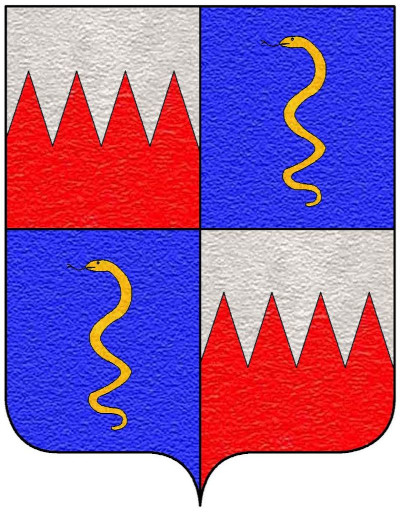
|
Anguis Sola Fecit Victoriam |
| 2021-07-29 |
Anguis Sola Fecit Victoriam

I was investigating a lizard and I found a snake. There was a crab in between.
Powerful images have a hook that grabs you, and then they send your eyes on tracks that generate stories in your mind.
I love the Judiths painted Le Caravage. I listened with great pleasure to the History on Fire podcast about him a few years ago. Among Le Caravage artworks there is the Boy bitten by a Lizard, I find it intriguing because of the transparent vase depicted in it.
It seems it was inspired by Boy Bitten by a Crab by Sofonisba Anguissola. The crying face of the boy is so well executed, I followed and discovered Sofonisba and her work. She died 93, she met many fellow painters as she worked for the spanish court between Spain and Sicily, and her career spanned from Renaissance to Baroque. The Boy bitten by a lizard drawing earned her a compliment letter from the aged Michelangelo.
So far we have the lizard and the crab, how about the snake?
The Anguissola Family is named for its ancestor Galvano Sordo who served the byzantine Emperor Leo the Third. His shield had an asp (in Latin Anguis) on it, and in 717, he leveraged greek fire to relieve a saracen siege of Constantinople.

As a victor he was acclaimed by the byzantine people:
Anguis sola fecit victoriam!
It means the serpent alone made the victory! The Anguis sola stuck as his nickname, and the Emperor, in 718, confirmed it as the new last name for Galvano and his descendance.
(I wonder why he was acclaimed in Latin, as Greek was the people's language in Constantinople)
A branch of the family, probably fleeing the plague of 1347 in Constantinople, settled in France and in Italy. Piacenza is the seat of the main italian branch of the family. There is a 1434 document established by an imperial notary, Bartolomeo da Casalrimesso, that attests the 718 Anguissola reward by Emperor Leon III, that document is still in the Anguissola Family archive.
The family was tightly integrated in the italian aristocracy and Sofisba is one of its most famous members.
A great woman, spanning many years, a great family spanning many ages.
